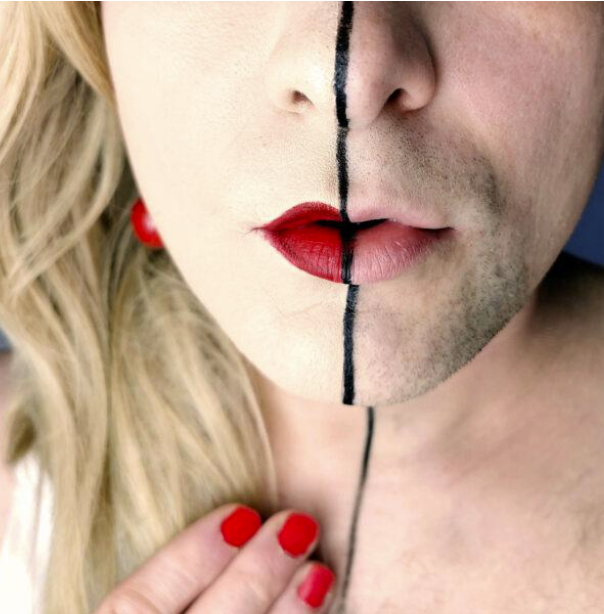
The concept of crossdressing has long been shrouded in misconceptions and misunderstandings. Often misconstrued as a symptom of societal confusion or a sign of mental disorder, the practice of wearing clothing associated with a gender different from one’s assigned sex at birth is, in reality, a complex and multifaceted aspect of human expression. In this comprehensive exploration, we will delve into the true meaning of crossdressing, its historical roots, the diverse motivations behind it, and how it differs from being transgender. By shedding light on these nuances, we aim to foster a deeper understanding and appreciation for this unique form of gender exploration.
Defining Crossdressing: Beyond the Stereotypes
At its core, crossdressing refers to the act of wearing clothing, accessories, and styles that are traditionally associated with a gender other than the one assigned to an individual at birth. This can include a wide range of sartorial choices, from a woman donning a suit and tie to a man adorning himself in a dress and heels. However, it is crucial to understand that crossdressing is not synonymous with transgender identity or sexual orientation. A crossdresser may identify as cisgender, transgender, or non-binary, and their sexual preferences can span the entire spectrum.
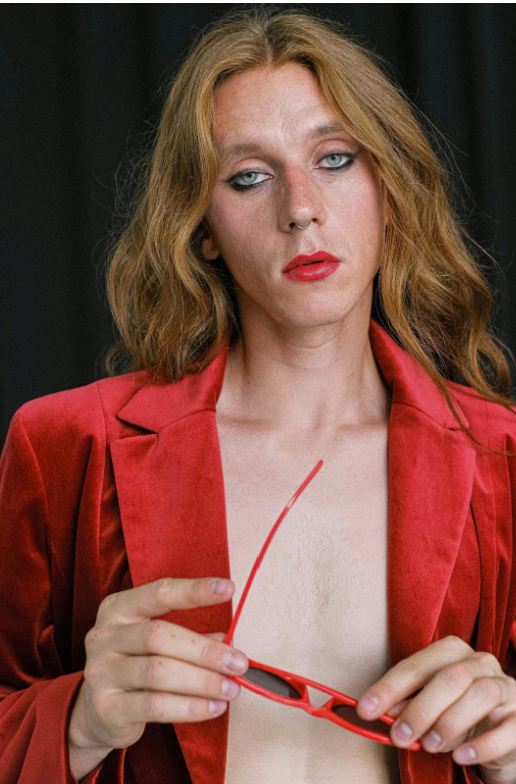
The Diverse Motivations Behind Crossdressing
Individuals who crossdress may do so for a variety of reasons, each as unique as the person themselves. Some may find it a means of self-exploration, a way to express their feminine or masculine side that may not be fully realized in their everyday lives. Others may derive a sense of sexual pleasure or excitement from the act of crossdressing, while for some, it is simply a hobby or a form of creative expression. Regardless of the underlying motivation, crossdressing allows individuals to transcend the societal norms and expectations associated with their assigned gender.
Crossdressing Throughout History: A Timeless Tradition
Contrary to the misconception that crossdressing is a modern phenomenon, the practice has a rich and storied history that spans cultures and civilizations. From ancient mythologies to theatrical traditions, crossdressing has been a means of challenging gender boundaries and exploring the fluidity of identity. The Chevalier d’Eon, a French nobleman, diplomat, and spy who lived as both a man and a woman, is a prime example of the long-standing presence of crossdressing in Western history.
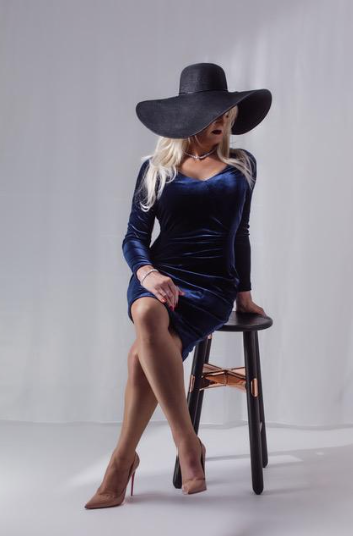
Crossdressing and Transgender Identity: Understanding the Distinctions
While crossdressing involves wearing clothing typically associated with a gender different from one’s assigned sex at birth, being transgender is an identity that signifies a deeper, more intrinsic experience of gender incongruence. A crossdresser may be perfectly comfortable with the gender they were assigned at birth and have no desire to transition. Conversely, a transgender person identifies as a gender different from the one they were assigned at birth and often seeks to live and be recognized as that gender, which may include transitioning socially, medically, or legally.
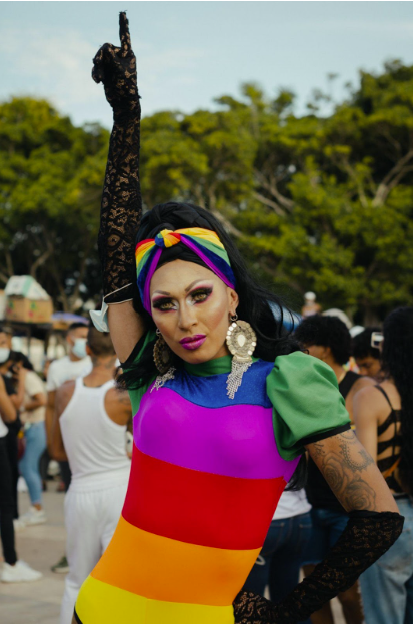
Crossdressing and Drag: Exploring the Differences
Another common misconception is the conflation of crossdressing and drag performance. While there are some overlaps, these two practices are not one and the same. Drag, which often involves the exaggerated and theatrical portrayal of gender, is primarily an artistic and entertainment-driven endeavor. Crossdressing, on the other hand, is a more personal and multifaceted expression of one’s gender identity or exploration. Drag queens and kings may be crossdressers, but not all crossdressers identify as drag performers.
The Spectrum of Crossdressing Experiences
The crossdressing community is far from homogeneous, with individuals falling along a diverse spectrum of experiences and identities. Some crossdressers may only engage in the practice in private, while others may be more open and public about their gender expression. Similarly, the level of commitment and the degree to which crossdressing is integrated into one’s life can vary greatly. For instance, some individuals may practice “underdressing,” where they wear clothing associated with a different gender beneath their everyday attire. This form of crossdressing allows them to experience a sense of gender expression in a more private and discreet manner.
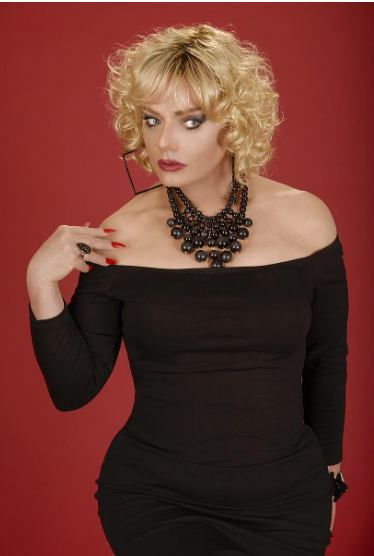
Crossdressing and Sexual Orientation: Debunking the Myths
One of the most persistent myths surrounding crossdressing is the assumption that it is inherently linked to a person’s sexual orientation. However, this is a misconception. Crossdressing does not automatically determine or define an individual’s sexual preferences. Crossdressers can identify as heterosexual, homosexual, bisexual, or any other sexual orientation. The act of crossdressing is a separate and distinct aspect of one’s gender expression, independent of their romantic or sexual preferences.
The Future of Crossdressing: Embracing Diversity and Inclusion
As societal attitudes continue to evolve, the future of crossdressing holds the promise of greater acceptance, visibility, and celebration. By shedding light on the nuances of this practice and challenging the misconceptions that have long surrounded it, we can work towards a world where individuals of all gender expressions are embraced and celebrated for their unique identities. Through continued education, advocacy, and the amplification of diverse voices, the crossdressing community can pave the way for a more inclusive and equitable future.
Do you crossdress? Did you find this article helpful? We’d love to know what you think! Email us at [email protected] or message us on our Facebook page. And be sure to check out more great tips and articles on our blog!
